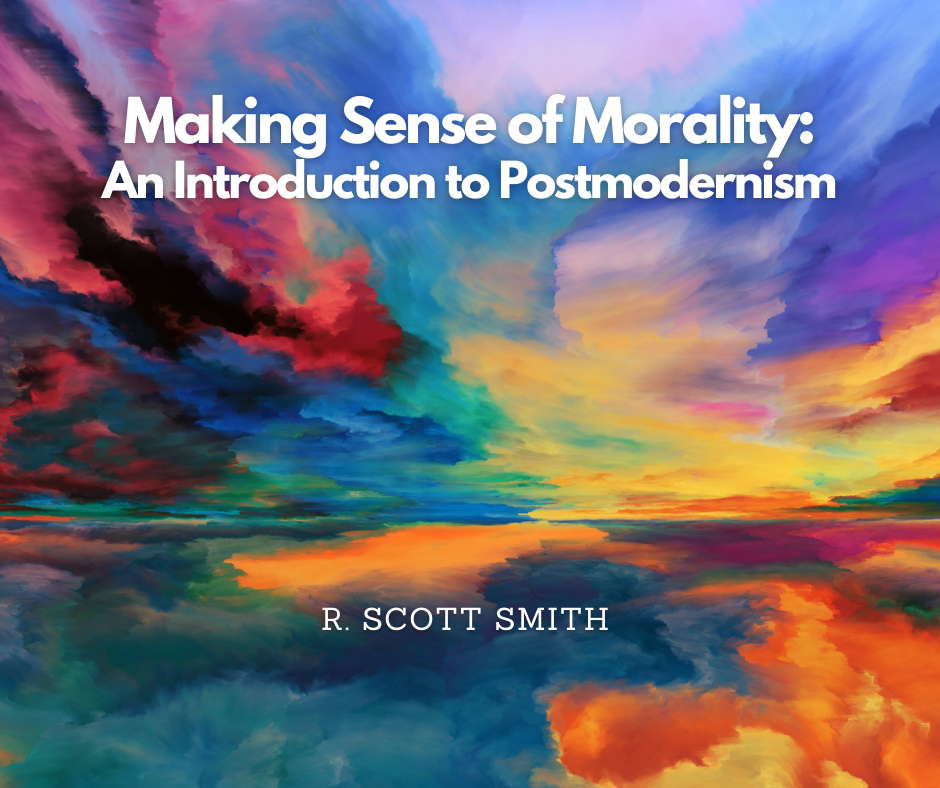Making Sense of Morality: Liberation, Feminist, & Queer Ethics
/Editor’s note: R. Scott Smith has graciously allowed us to republish his series, “Making Sense of Morality.” You can find the original post here.
Introduction
In this essay, I will survey key points of three theories that have been deeply shaped by critical theory (CT). I will try to draw out their ethical implications. In the next essay, I will assess CT.
Liberation Theology
The first is liberation theology. We will explore it through the teachings of the Catholic theologian Gustavo Gutiérrez (b. 1928). His ideas have been widely influential in Latin America and the west.
For him, the purpose of liberation is achieve freedom from anything that hinders humans’ fulfillment and communion with God and one another. Economic oppression is a key, but not the only, form of domination. In general, liberation is from sin. Yet, liberation can take many forms, such as by abolishing private property, changing the access to power by the exploited, and using a social revolution to break dependencies, such as upon the United States and its capitalist system. In his mind, socialism is far more fruitful as a political organization.
Rather than stressing abstract, universal principles, Gutiérrez focuses on concrete, particular people and their embodiment of oppression and suffering. For him, he endorses the interpretive lens of liberation as normative, and he sees liberation as a dominant biblical theme. So, we should read Scripture through this lens and in light of our embodied experience.
Feminist Ethics of Welch and Harrison
There are varieties of feminist thought, but here I will look at two exemplars, Sharon Welch and Bev Harrison. For them, feminism follows CT in some key ways. First, feminist thought assumes the dynamic of oppression by oppressors. Second, it rejects many dualisms, such as of body and soul. Third, it stresses embodied, situated particulars in a historicist epistemology. Fourth, it rejects universals and essential natures.
For Sharon Welch (b. 1952), by attending to universal, abstract theorizing, we overlook practical effects thereof. For example, if we attend to the actual history of Christianity, she thinks we can see “the denial by the church and by Western culture of full humanity to women and minorities” (Welch, 59). Welch also embraces a historicist view of truth (Welch, 10). Our concepts are contingent upon our historical conditions.
Bev Harrison (d. 2012) agrees that we are historically situated. All our concepts, including our norms, dualisms, and even what is right or wrong are the social constructs of a given people. Since all knowledge is a construct, based on the particulars in a given setting, she thinks we should focus on praxis versus abstract theory in ethics.
Our historical situatedness entails we are embodied beings. To her, mind-body dualism is mistaken for various reasons. For one, we cannot pry the body off the soul, for all knowledge is body mediated. Two, it denigrates the body. Third, dualism entails difference and therefore subjugation.
To her, male-female dualism grounds patriarchy and its oppression of women. Further, other oppressive power relations and injustices are interrelated with sexism. These include racism, economic exploitation, and cultural imperialism, from all of which we need liberation.
Gender Studies and Queer Theory
Gender studies focuses on embodied particulars and historically situated knowledge. The American Psychological Association defines gender as “the socially constructed roles, behaviors, activities, and attributes that a given society considers appropriate for boys and men or girls and women.” Gender identity is an interpretation of oneself as a particular individual, without reference to universals or essences. Yet, it is not separated from groups, and these in turn are tied to oppression.
Moreover, queer theorists reject heteronormativity and male-female “binary” thinking as static and oppressive views. Michele Foucault (d. 1984) thought there is no essence to sex. Judith Butler (b. 1956) describes gender as “the repeated stylization of the body, a set of repeated acts within a highly rigid regulatory frame that congeal over time to produce the appearance of substance, of a natural sort of being” (Butler, 45). Thus, queer theory creates many possibilities for how to conceive of one’s sexuality, resulting in a perception of having a liberated sexuality, notwithstanding one’s anatomy.
For Further Reading
Judith Butler, Gender Trouble: Feminism and the Subversion of Identity
Gustavo Gutiérrez, A Theology of Liberation: History, Politics, and Salvation, rev. ed.
Bev Harrison, Making the Connections: Essays in Feminist Social Ethics
R. Scott Smith, In Search of Moral Knowledge, ch. 8
Sharon Welch, Communities of Resistance and Solidarity
R. Scott Smith is a Christian philosopher and apologist, with special interests in ethics, knowledge, and seeing the body of Christ live in the fullness of the Spirit and truth.




















